Whilst getting lost amidst the untouched Haitian natural scenery, a question suddenly rushed through my mind. What is the taste of Haiti? I did not know whether Haitian cuisine was a rich blend of different food from different cultures or it possessed its own unique features. My curiosity got the better of me, so I decided to explore the taste of Haiti in my own way.
[rpi]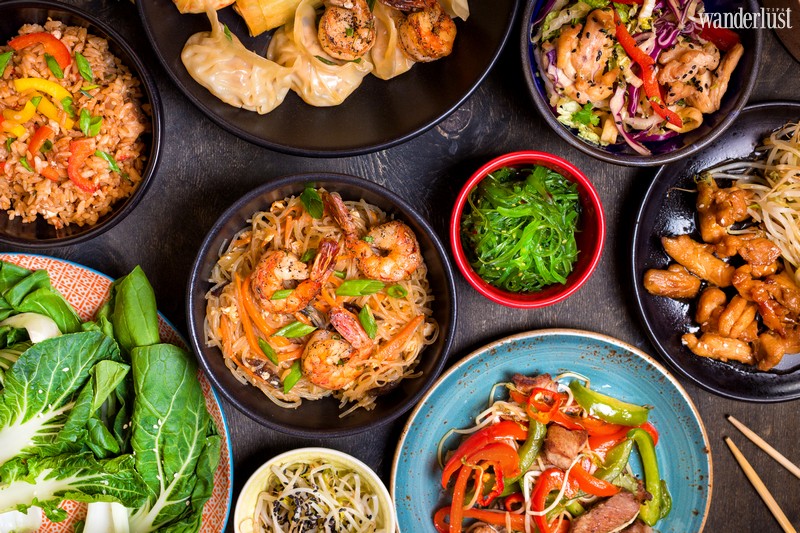
What was it like to eat in Haiti and to experience the western region of Hispaniola? Well, Hispaniola is a large island that is divided politically into the Republic of Haiti (west) and the Dominican Republic (east). As with the country’s language, Haitian cuisine has a sense of Creole. It is an interesting mélange of influences – a distinctive fusion of African, Arabian, Spanish and French culinary traditions. Haiti has unique cooking techniques and practices that make its food worlds apart from other countries in the Americas. Haiti intrigues foodies with its exotic yet familiar delicacies.
A SIGNATURE FLAVOUR OF HAITI
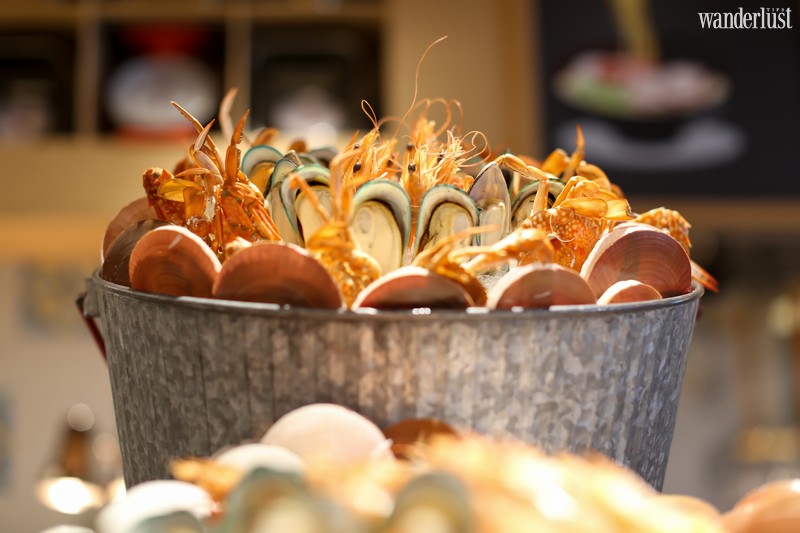
I am currently living in Port Au Prince. The city always exudes a flavourful ambience. Occasionally, you will catch a strong whiff of fried onion and bell peppers – two kinds of vegetables that are a popular staple of Caribbean-African-French cuisine. Creole food is a rich blend of multicultural flavours, including the wildness of African dishes and exquisite elegance of French and European traditions. Thanks to that, Haiti has a distinctive culinary style that makes its traditional food rich in flavour and taste.
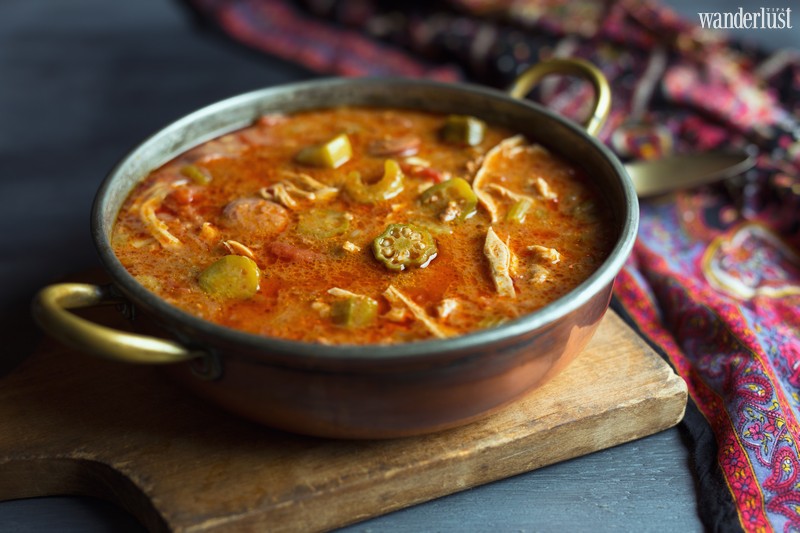
After Christopher Columbus discovered the Americas, declaring Hispaniola as a Spanish-ruled territory and forcing native Haitians to become slaves, he saw firsthand how Hispaniola islanders roasted meat over a wooden grill with the rising flames and smoke, giving it a distinct flavour. However, the country’s history has had a significant impact on Haitian cuisine, forming a unique culinary style that blends African and French native influences. As well as using French as the main language, the Haitians include cheese, baguettes, butter and European-style desserts in their daily meals.
SEAFOOD IS CHEAPER THAN VEGETABLES IN HAITI
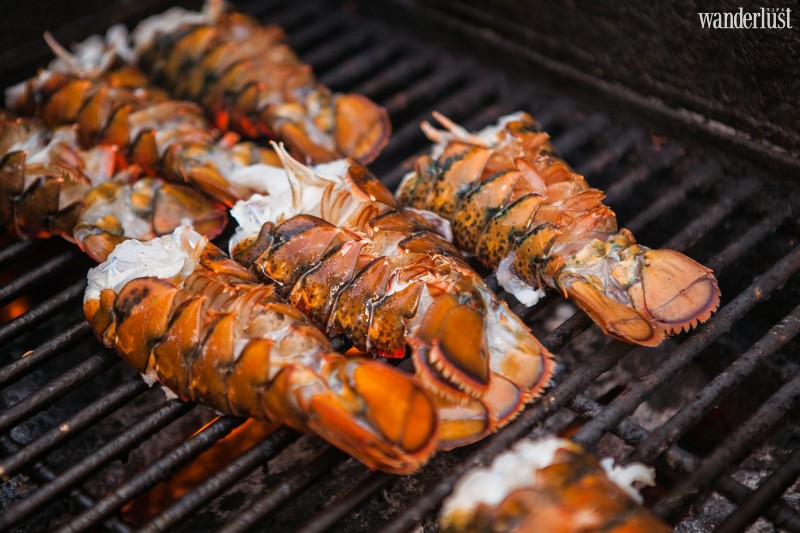
Haiti possesses a topography and climate that is not convenient for growing vegetables. Therefore, most vegetables in Haiti are imported from foreign countries except for carrots, amaranth and lettuce. Lobsters, sea cucumbers and shark fins that are expensive and rare in Vietnam are actually cheaper than vegetables in Haiti.
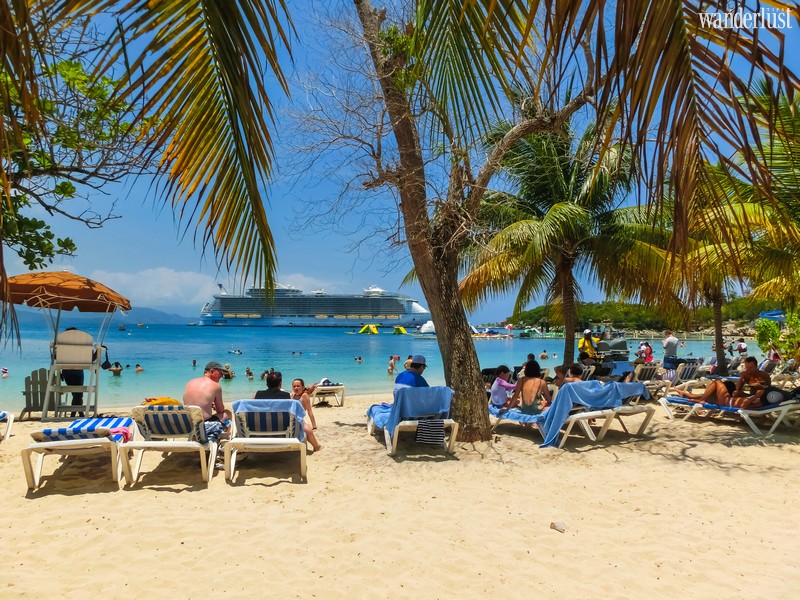
Haiti is home to an abundance of different-sized lobsters which are a tenth of the price compared to that in Vietnam. I think that if Haitian people do not consume huge amounts of fresh lobster, they could make lobster floss instead. In order to catch and collect shark fins and other types of seafood, Haitian fishermen have to use three-point spears. Their traditional hunting methods also require fishermen to dive directly into the sea. If you want to buy shark fins, then discuss with one of the spear hunters a few days before and cross your fingers for a catch.
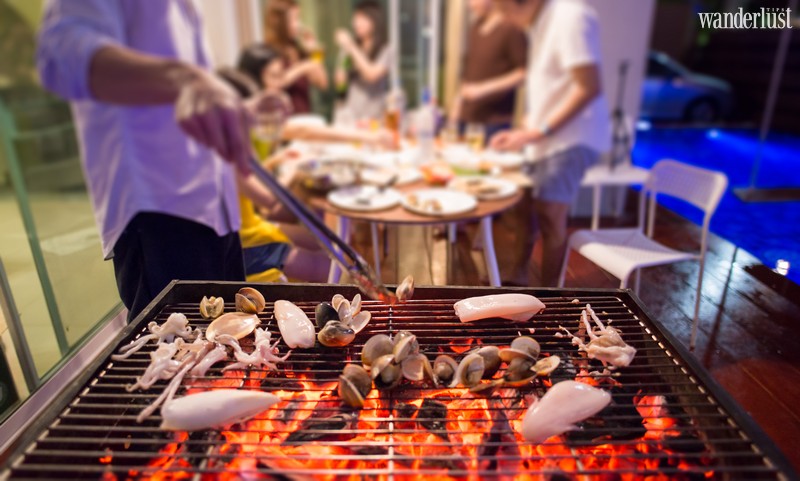
Lambi is a delicious conch delicacy that is unique to the region and relished by Haitians. Lambi has Haitians falling head over heels for its flavourful zest and rubbery flesh. Whenever my friends and I take a picnic on the beach, I often prepare the raw conch to barbecue. The aromatic smell of conch meat always makes my mouth water and my stomach rumble. Just pull the conch out of its shell, dip it into a spicy-sour sauce and put it in your mouth all at once. Its mouth-watering deliciousness will truly tantalise your tastebuds. An easy cooking technique, but one that brings a sense of gourmet delight.
AN UNFORGETTABLE CULINARY EXPERIENCE
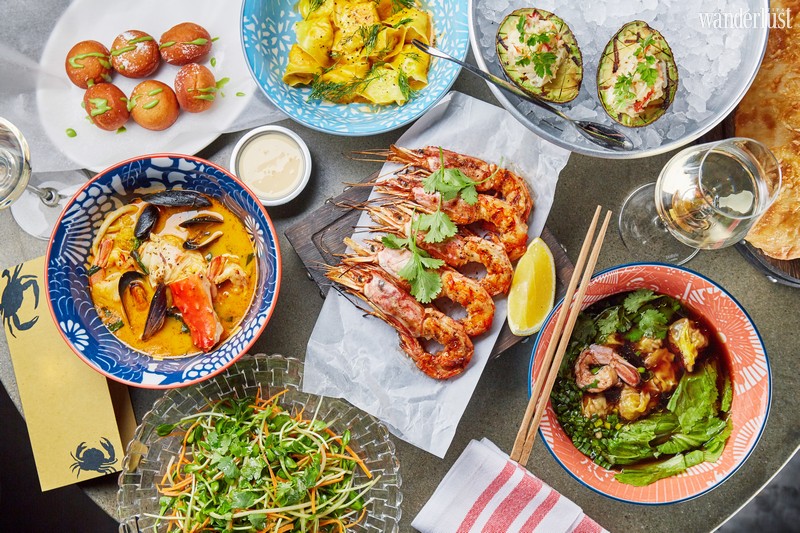
Haitian cuisine bears a similar identity to other Caribbean countries, so it is often referred to as “Caribbean cuisine”. However, many Haitian delicacies have their own unique local twist because of the addition of many herbs and spicy peppers when cooking. After living in Haiti for a while, I know that white rice cooked with red beans is very common throughout Haiti. Another variation of this dish is a purée of either black, white beans or peas typically served on a bed of white rice. It is particularly interesting that as a hot tropical country, most Haitian dishes are stew or soup and local people tend to prefer stewed dishes with a fusion of beans, cloves and star anise.

One Sunday afternoon, I accepted an invitation to have dinner in my Haitian colleague’s house. She was greatly concerned about my Asian taste, but I was keen to try the Callaloo vegetable soup which is perhaps the most favourable dish in Haiti. The savoury dish makes use of a vast amount of ingredients including taro leaves, okra, fresh crabs, salted meat, onions, chillies, scallions, thyme, coconut milk and olive oil.
All the vegetables are chopped while crabs are also mashed and then filtered through water to make a broth. Initially, it makes me think of a type of Vietnamese vegetable soup – a mix of crab broth and jute leaves. However, there is a big difference. The smell of onions, coconut milk and basil leaves filled my nose, I immediately wanted to try the spicy, salty and refreshing taste of the vegetables. It was my first time enjoying a rich bowl of traditional Haitian soup.
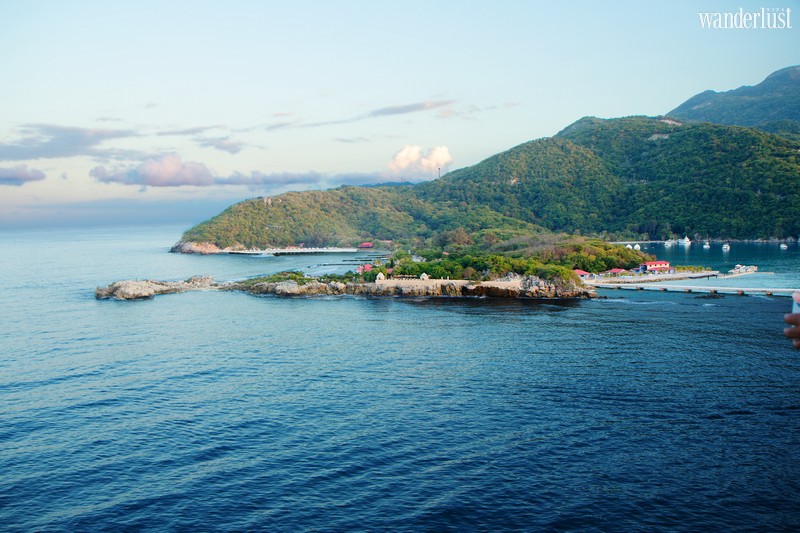
Haitians eat quite a lot of sweetened and fried food. Whenever I taste the cakes, peanut butter and potato bread, I feel like the sugar can overwhelm all the other ingredients in the dish. Bananas or plantains are a staple side dish on any Haitian table that is usually squashed, boiled, fried or served as an appetizer. Additionally, coconut milk is an important ingredient in Creole cuisine. During the colonial period, Haitian people used coconut milk to cook Blancmange. This is a cold and sweet food made from coconut milk, gelatin, vanilla, fresh milk, condensed milk and fruit like the coconut milk jelly in Vietnam. Haiti truly gave me an interesting insight into its distinctive cuisine, making it an impressive experience on my journey.
Mori | Wanderlust Tips


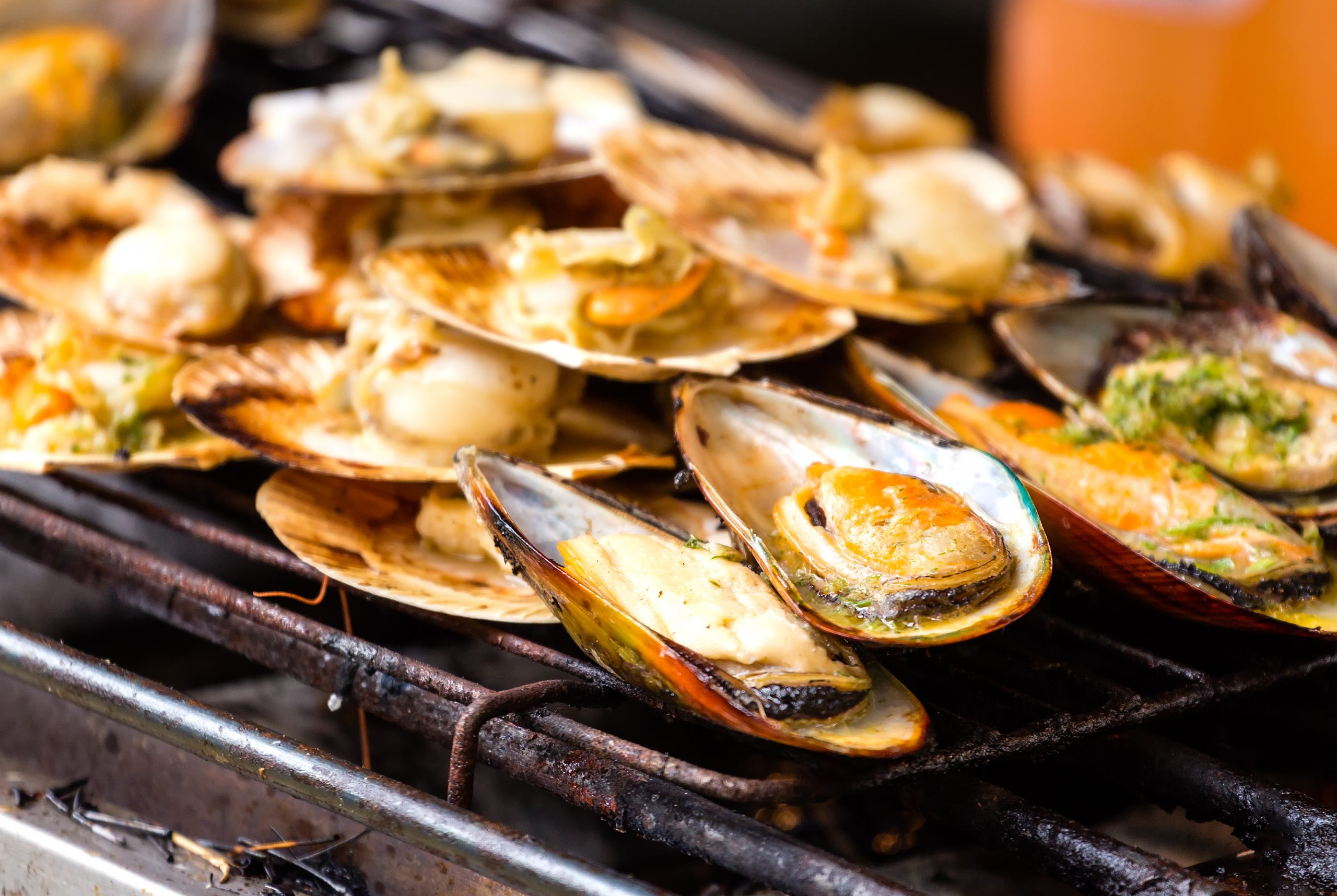
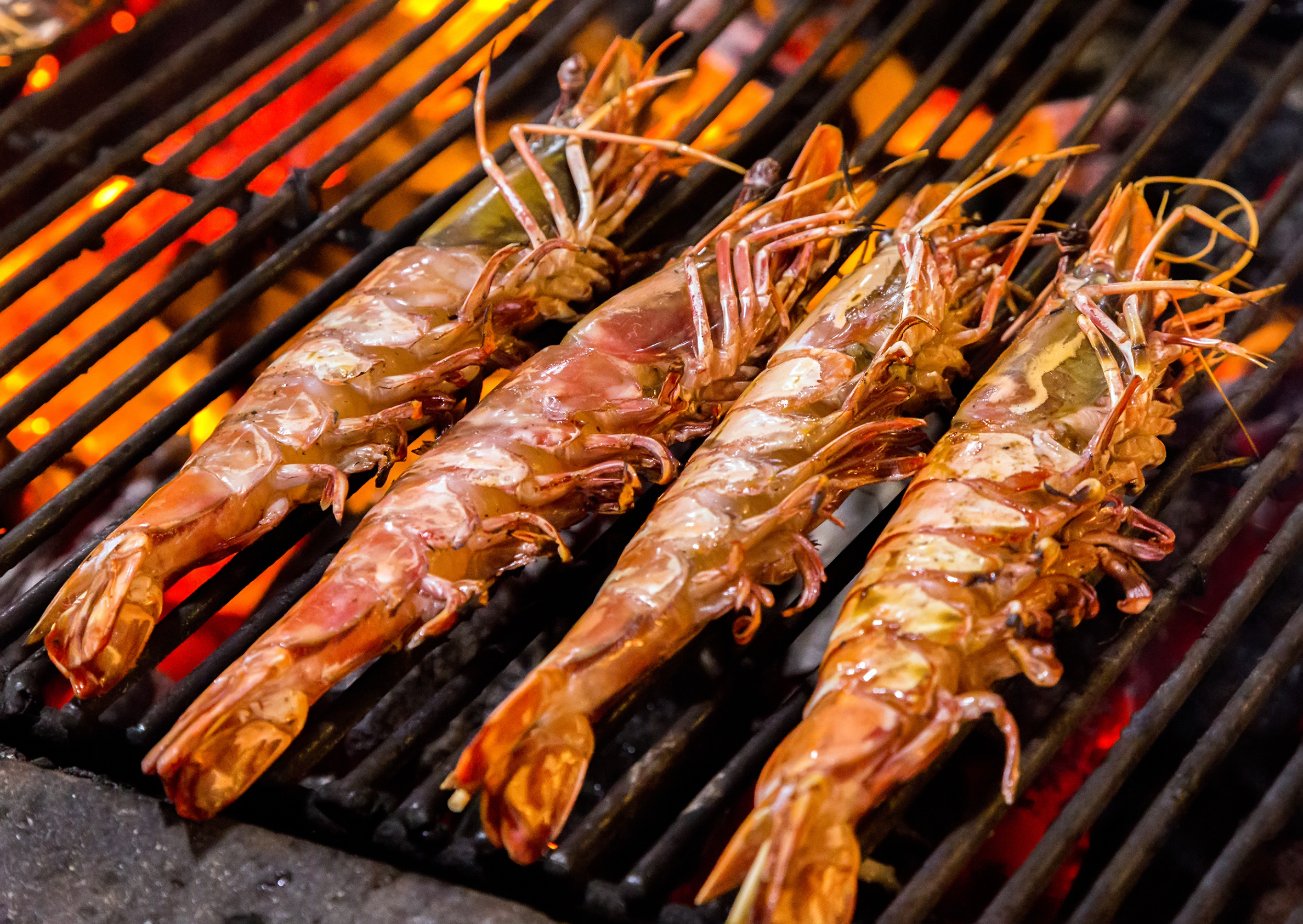
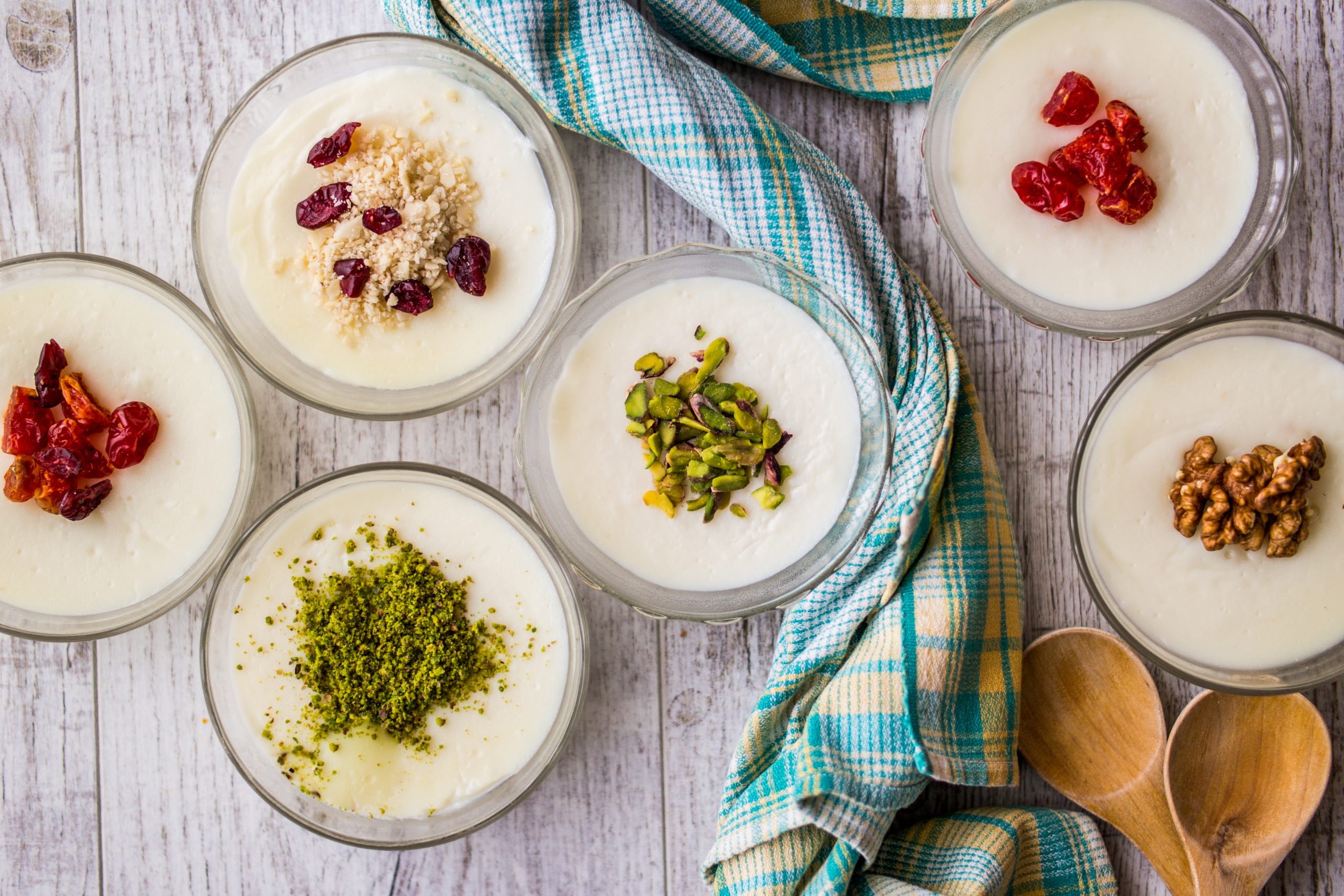
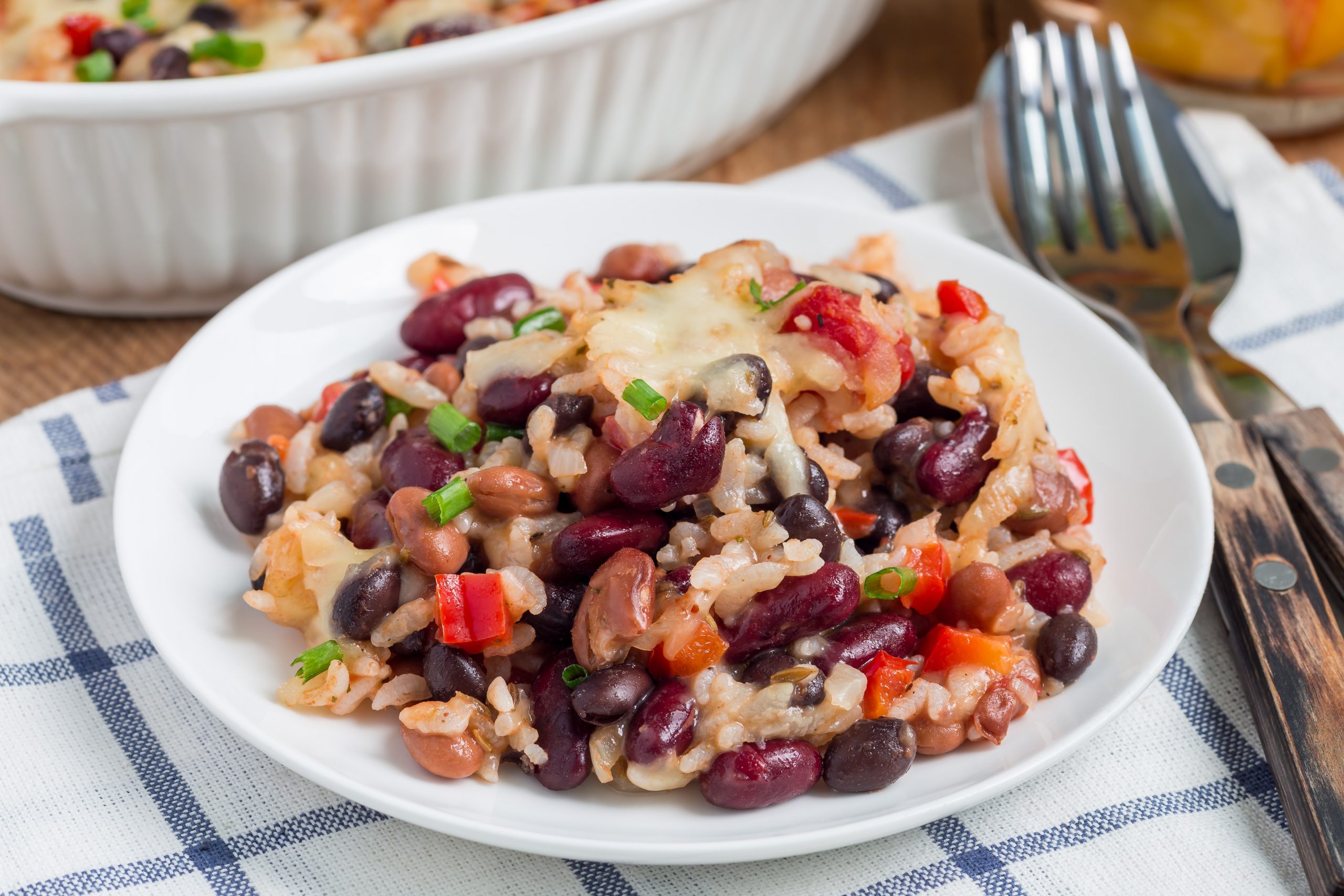
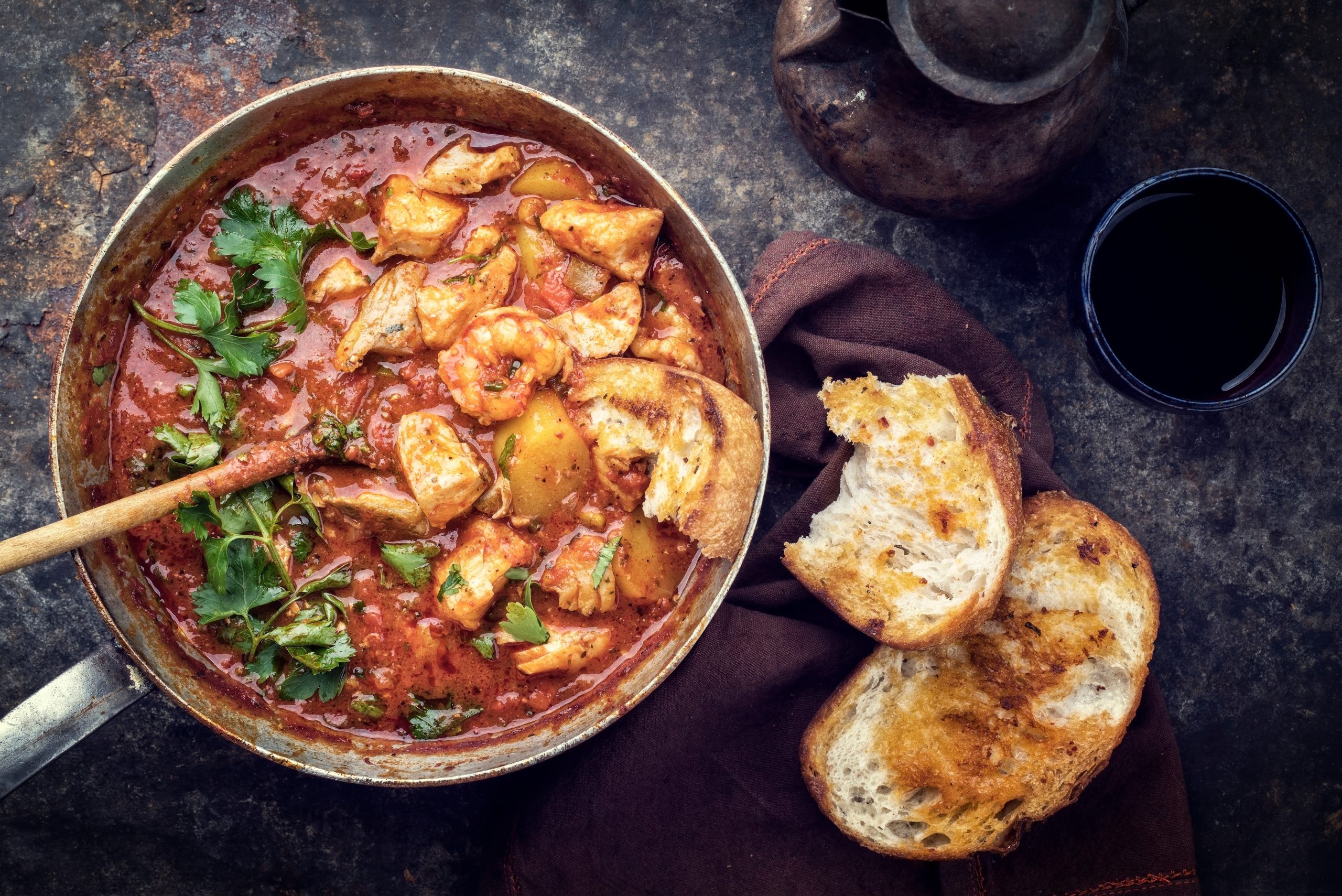
[…] beans, chestnuts and many other nutritious ingredients. When steaming the Songpyeon, this Korean dessert is layered with pine needles to add the delightful fragrance of pine. Songpyeon gets their name […]
[…] are essentially pockets of pasta filled with an endless combination of ingredients, from meat to cheese to vegetables and are usually served with a sauce on top or in broth. Ravioli are not […]
[…] bacon usually tends to be thicker and rounder in shape, making it one of the best-loved national foods in the […]